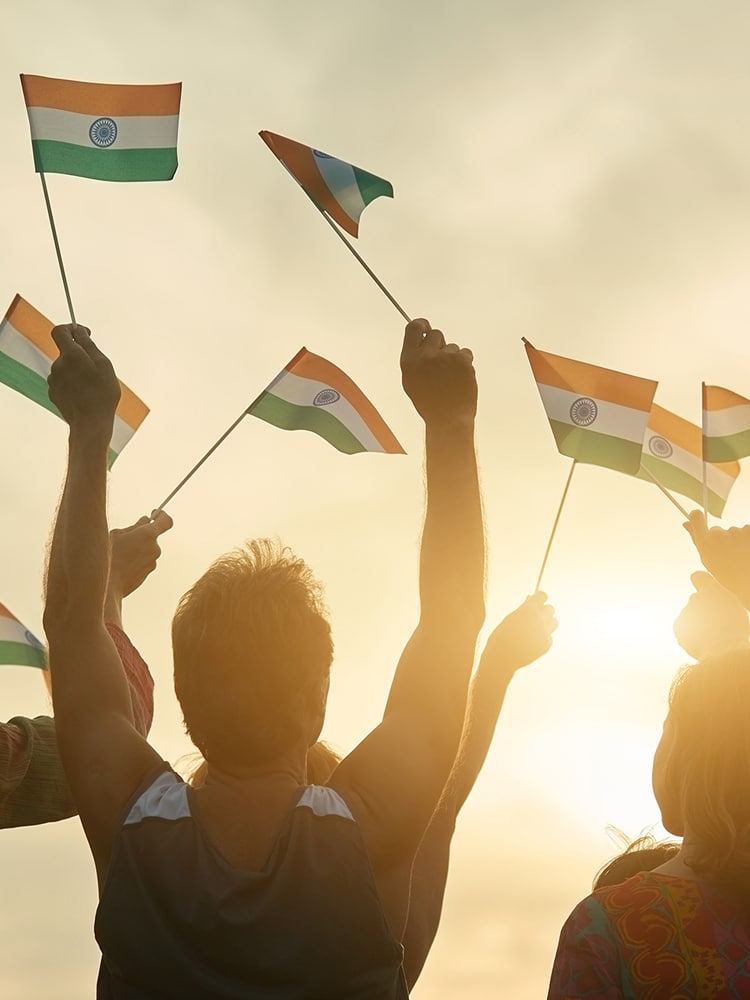

IS THE WORLDS MOST POPULOUS COUNTRY ON THE WAY TO BECOMING A SPORTS GIANT?
India has a long and rich history of sports, dating back to ancient times. Some of the most popular sports in India today include cricket, field hockey, football and kabadi. Cricket is by far the most popular sport in India, with millions of fans across the country. India has won the Cricket World Cup twice, in 1983 and 2011. The Indian Premier League (IPL), is one of the most popular sporting leagues in the world.
Field hockey is another popular sport in India and was considered the national sport of the country until the mid-20th century. India has won the Olympic gold medal in field hockey eight times, more than any other country. The Indian men’s and women’s field hockey teams are both ranked among the top teams in the world.
![]()
Turning to women and grassroots
According to a recent report by the Ministry of Sports, there are over 300 million sportspersons in India. Of these, over 100 million are youth. Gone are the days when sports were predominantly viewed as an adult male-dominated domain. Today, there is a growing recognition of the potential and talent possessed by young individuals and women in the field of sports as well as the importance of empowering youth and women through sports as a key to building confidence, leadership, and equality.
With each passing year, the landscape of youth and women’s sports in India is undergoing a remarkable transformation. One of the key factors that is contributing to the growth of youth and women’s sports in India is the improving professionalism and infrastructure. Many sports federations, associations, academies, and coaches are adopting modern methods of training, management, and development, which have enhanced the quality and quantity of talent.
The challenges of social and cultural attitudes
Today, more and more parents, teachers, and peers are encouraging and supporting girls and boys to pursue their passion for sports, regardless of their gender or background. Many role models and icons have also inspired the younger generation to take up sports as a career or hobby, such as Neeraj Chopra, Rani Rampal, Manu Bhaker, etc.
And yet with all the improvement, there is still much room to grow. Today, only 29% of women in India participate in sports compared to the global average of 40%. This can be attributed to a number of factors including lack of access to facilities, social stigma, and safety concerns.
When it comes to youth, the numbers are no less underwhelming. Youth in sports in India are lacking access to facilities, and suffer from financial constraints, and cultural norms.
According to a 2019 report by the Sports Authority of India (SAI), there are approximately 400 million youth in India between the ages of 6 and 18. Of these, only about 15% participate in organized sports. According to a 2019 survey by the National Sports Policy, only 10% of schools in India have a dedicated sports infrastructure. The same survey found that only 20% of parents in India believe that sports are important for their children’s development.
Corporate Support and Sponsorship
Another positive trend in recent years has been the increased corporate support and sponsorship of youth and women’s sports in India. Companies are recognizing the potential of sports as a marketing tool and are investing in sports-related initiatives. This support has resulted in better training facilities, access to quality coaching, exposure to international competitions, and financial stability for athletes.
One of the leading corporate sponsors of Indian sports is the Reliance Foundation. The Reliance Foundation has a number of sports initiatives, including the Reliance Foundation Young Champs, which is a program that provides training and support to young athletes.
The Ministry of Youth and Sports is also playing a major role in the transformation of Indian sports. The MYAS is responsible for developing sports policies, and it has been working to improve the infrastructure for sports in the country. The Sports Authority of India (SAI) also runs a number of sports schools and academies, and it provides financial assistance to promising athletes.
Some of the government initiatives that are promoting youth sports in India include:
- The Khelo India program, which was launched in 2018, aims to identify and nurture sporting talent in India.
- The Fit India Movement, which was launched in 2019, aims to promote physical activity and sports among all sections of the Indian population.
- The Pradhan Mantri Kaushal Vikas Yojana (PMKVY), which was launched in 2015, provides training in sports-related skills to youth.
Keys for the future
The three main pillars for bringing change to sports in India in the coming years focus on:
1. Increased participation of women and the growth of women’s leagues
2. Grassroots development to nurture talent at a young age
3. Adopting technology to drive player and team performance
Visible results
The impact of these changes can already be seen in the impressive achievements of youth and women’s sports in India in recent years. According to a report by PwC, India won 69 medals at the 2018 Asian Games, out of which 28 were won by women athletes. Similarly, at the 2018 Commonwealth Games, India won 66 medals, out of which 26 were won by women athletes. At the 2020 Tokyo Olympics, India won seven medals, out of which three were won by women athletes. At the Birmingham Commonwealth games in 2022 India won 61 Medals ( 22 Gold, 16 Silver and 23 Bronze) inspiring and raising hope for the Paris 2024 Olympic Games.
According to a BBC survey, 41% of Indians believe that sportswomen are as good as their male counterparts, and 85% believe that men and women should get equal pay in sports.
These statistics show that women’s sports in India have come a long way from being marginalized or ignored to being celebrated and respected. However, there is still a lot of scope for improvement and innovation to make Indian sports more inclusive, diverse, and competitive.
Conclusion
Some of the challenges that need to be addressed are the lack of adequate facilities, funding, exposure, opportunities, policies, and awareness for youth and women’s sports in India. By overcoming these hurdles and harnessing the potential of technology, talent, and culture, India can become a global leader in sports in the near future.



